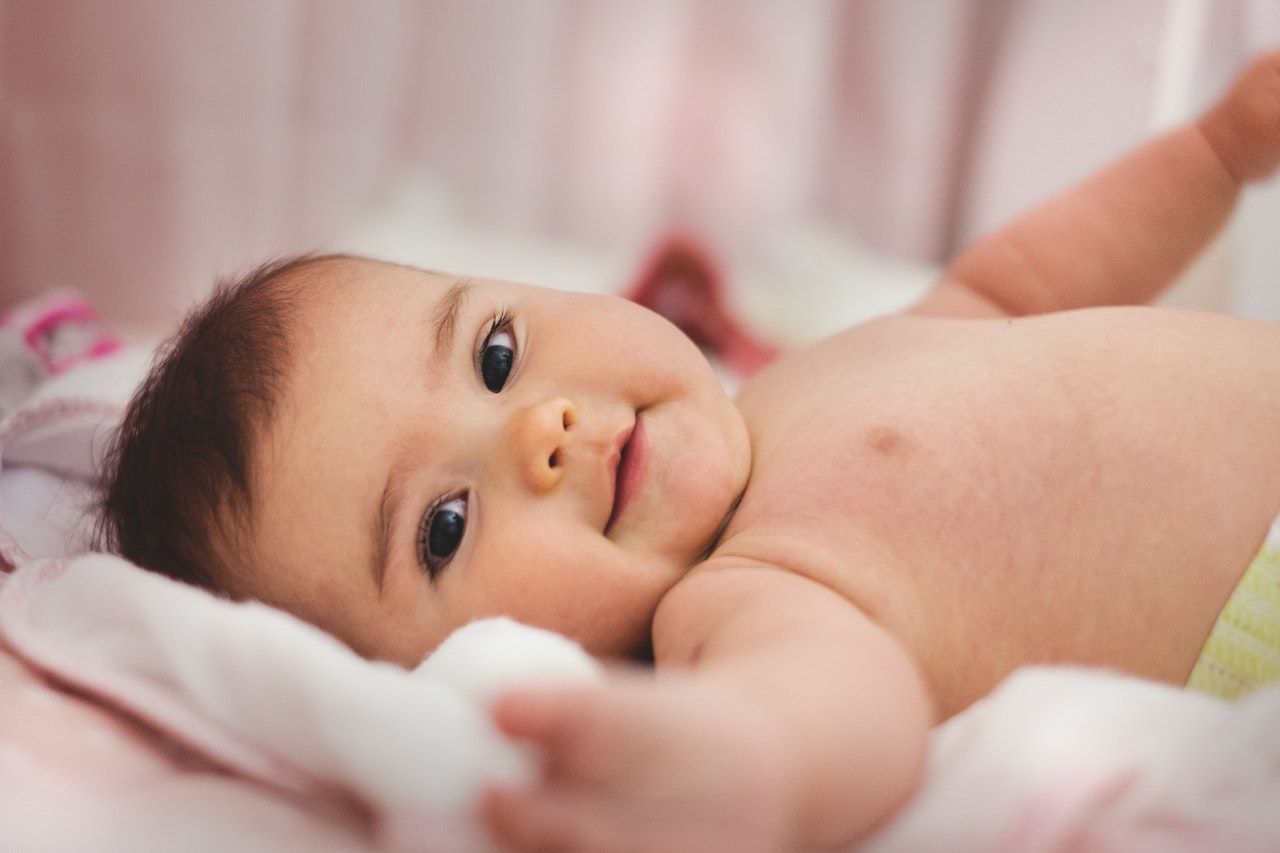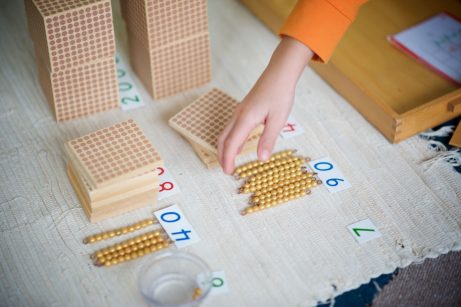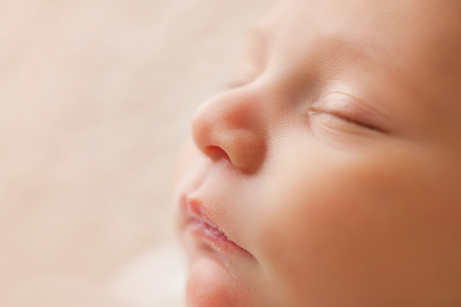Learning through Movement

“Watching a child makes it obvious that the development of his mind comes about through his movements.” Maria Montessori, The Absorbent Mind
What was obvious to Dr. Montessori is that not only are the body and the mind linked, they are one. She argued that human intelligence cannot be contained or characterized as the activity of the brain, and the body just a dumb tool at its service. Instead, she viewed the entire individual as an integrated whole, with our flesh and the peripheral nervous system simply an extension of the brain and vital in its functioning. This is especially true at the beginning of life, when the human mind is still in the early stages of constructing itself. Our moving body is the tool through which we are able to transform the environment, a process that is intrinsically linked to the construction of our own self and personality.
Modern neuropsychiatry is now in the process of unfolding the intricate connections and feedback processes between the individual’s bodily activity and cognitive functions and development. Meanwhile, a century ago Dr. Montessori simply wrote: “Our social environment is a creative product of a moving human being.”

Explore the fundamentals of Montessori parenting with this free video by Sylvia Arotin, offering insights and strategies to empower and educate your child.
Because it is only through the body that we can interact with the environment (receiving information about the outside through our senses, and affecting it through the use of our muscles), and it is only through this direct interaction that mental growth occurs, education must concern itself with body and movement. And we are not talking about exercise and sports per se (such as running in order to maintain cardiovascular health), but about directed, purposeful movement in service of the developing mind.
“I am maintaining that the matter of movement is a fundamental one, the key of all the construction of personality.”
Maria Montessori, the 1931 Rome Lectures
From birth on, the young human being interacts and learns solely through movement and sensory experience. They track interesting objects with their eyes, then later touch, grasp and manipulate them with their hands; they learn to control their body enough to roll over, crawl, sit and walk; to pick up, touch, manipulate toys and objects. They learn to express themselves first through the movement of delicate facial muscles (creating frowns and smiles) and later through the immensely sophisticated movements of the throat and mouth that produces human speech. Through movement, we gain the use of tools (from a crayon to the keyboard of a supercomputer) and the ability to meet our own needs: from getting enough coordination to bring food to our mouths, to performing electro-engineering to earn a salary.
An education focused on movement creates a positive feedback loop: more movement allows for more and richer experiences in the environment, leading to higher sophistication in both thinking and control of our bodies – which in turns enables us to move and interact with the environment at a higher level. And this education ought to start right at birth; its most important “classroom” is the child’s home.
“In order to develop his mind a child must have objects in his environment which he can hear and see. Since he must develop himself through his movements, through the work of his hands, he has need of objects with which he can work that provide motivation for his activity. But within the family circle this need has been neglected. The objects which surround a child belong to adults and are destined for their use. As far as the child is concerned they are taboo. A crucial factor in his development is settled by telling him not to touch anything.”
Maria Montessori, the Secret of Childhood
By offering the child maximum freedom of movement and interesting experiences to gain through movement, we are directly assisting the development of intelligence. For a newborn baby, this may be interesting objects and pictures to look at, placed in the child’s field of vision; it is also non-restrictive clothing that allows the little arms to wave and legs to kick, pleasant textures to touch, opportunities to grasp hands or spots to lie that allow the baby to wriggle.
“We in the West, with our ultra-refinement, have devised cages for children and the child is put in and taken out at the whim of the adult. There are bigger cages for day-time, in the nursery, known as “play-pens”, put there ostensibly to protect the child from hurt, but really to keep him from being a nuisance exploring all over the house. “
Maria Montessori, the 1943 Kodaikanal lectures
Little has changed since 1943 except our “cages” have become even more technologically sophisticated and refined: now we have convertible car seats, rockers, electronic swings. So often they are used to provide not safety to the child, but convenience to the adult – at the cost of the child’s opportunities and development.
Dr. Montessori cautions us that in the first plane of development (the first six years of life), we should “never give more to the mind that you give to the hands”. It means that although later in life we become abstract thinkers, and can learn very handily through lectures and books, the young child needs this physical connection to reality: to learn by touching, holding, manipulating (and, in the case of a baby, putting things in their mouth). As Dr. Montessori wrote, “hands are the instruments of [human] intelligence”.
Montessori classrooms for these ages have extensive psychomotor, sensorial and practical life curricula to satisfy this physical learning; and even in later years we use materials to allow the child as much sensorial experience – literal “hands-on” learning – in fields like mathematics and language. But in the home, the child does not necessarily need expensive educational materials. There is a rich variety of objects, textures and stimuli readily available if only the parents let the child pursue them: think of the varied stimuli and physical sensations a baby can gain from playing with a kitchen towel, wooden spoon and metal pot. Practical life is by its nature always present in a home and all the adults need to do is to include their child in it. And finally, the outdoors are the most amazing source of active physical stimulation – the possibilities of a bunch of sticks, pile of sand or a muddy puddle are endless to a small child.
Dr. Montessori did not have to contend with our modern technology, our tablets and smartphones and other future instruments of virtual reality. But there can be little doubt of what she would have to say of electronics that induce us into sitting near motionless, only our eyes tracking rapidly changing images on a screen, our minds rendered into a state of electronic stupor. Much has been written about the negative effects of digital screens on children; to the host of detrimental physiological effects, we can add missed opportunities due to time wasted not mastering movement and the body.
“Everybody admits that a child must be constantly on the move. This need for movement, which is irresistible in childhood, apparently diminishes with the development of inhibiting forces at the time when these, by entering into a harmony with the motor impulses, create the means for subjecting them to the will. Thus the more developed a child is, the more obedient are his instruments of motion of to his will, if he experiences the pressure of an outside will he can resist it. But movement always remains as the basis for a life of relationships, for it is precisely this capacity to move that distinguishes man and in fact the whole animal kingdom from the vegetable world. Movement is therefore an essential part of life, and education cannot be conceived as moderating, of what is worse, inhibiting it. Rather it should permit a child’s energies to develop normally and assists him to exert them more profitably.”
Maria Montessori, The Discovery of the Child


